Recently had the opportunity to help out on a fun project for our friends over at Google.
They’ve been working on some cool stuff in the video game space, and we’ve been able to help them out with visuals for a few different efforts past few years.
Most recently they announced a project in development called Stadia. It’s pretty wild what they’re doing with it from a technical standpoint, where they are using their data centers to run and render the games offsite, which can then be streamed online by any device, allowing you to experience the same quality game experience on your phone, tablet, computer, or television.
It’s a big complicated thing made by people way smarter than I am, so I can’t even pretend to understand or explain how they do it, but it’s doing stuff that has the potential to fundamentally change how people experience video games. If you’re interested in reading more about it here’s a link to a post by my good homie Aaron Cammarata who’s an engineer on the project: https://stadia.dev/blog/stream-connect:new-possibilities-for-multiplayer-gameplay/
There were a few different fronts we helped out on for the Stadia announcement effort, but there was one in particular that I really enjoyed helping with. Design team needed a “game level” to test a bunch of stuff out in, and to serve as a backdrop for a multiplayer game scenario. We were provided a brief outlining some design objectives and general direction which I used to create a few rounds of concept art which served as a template our 3D team used to build a test level, which we called “the night forest”.
High level direction was to set it on an earth like planet-still somewhat familiar but also with some fantastic or otherworldly elements worked in as well. We wanted it to be moody and mysterious, but not too scary or horror based. Due to time restrictions and also just for general vis-com purposes, we felt good about making it an earth-like planet so we could use a lot of pre-existing models and tweak things slightly as opposed to designing everything completely from scratch.

this was a frame from the first storyboard treatment based off the initial brief. this was kind of the big reveal type shot, and it was well received and served as a touchstone for the subsequent concepts
I used 3ds max and vray to set up and render my shots, and then composited things together and added details in photoshop. I pushed the saturation hard on these and added a lot of bioluminescent elements, not only to serve as point light sources but also to create an inviting colorful backdrop that would encourage the player to explore.
Started with some pretty general concepts, wide shots focused on the forest, lighting, and atmosphere. Early in, I’m just looking to help set a stage that game designers can feel inspired by and use as a base to build their ideas off of.
As things progressed and the play area became more defined, the designers requested some specific landmark ideas that players could use to better navigate through the level.
For some of these landmark concepts, I used the Oculus rift and modeled out “vignetted” the scenes in vr, which I then exported into max and rendered in vray.
I’d never worked like this before and found that working in vr is an absolutely fantastic way to quickly rough in a scene. There’s a tactile quality and you can move around and through it in a way that’s just not possible in a traditional 3D modeling setting. Super cool and definitely something I look forward to doing more of.
Got to design some modified forest creatures, but as a main predator we decided on a flying fish. it went through several variations, here are a few:
I think our team did a killer job interpreting the concept art and working closely with Google’s design team on implementing the assets into the working level. Special thanks to Lee Dotson who served as our technical/3d artist and was instrumental in tying it all together and artfully realizing the pre-production paintings into an actual working level. Also huge thanks to Erin Hoffman-John, Maggie Oh, Josh Lee, and everyone else on the Stadia side. Their guidance, passion and vision really drove this thing and kept us inspired and engaged. In the end I’m super proud to see how it came together, and while I didn’t make it down, I heard it was well received at this year’s game developers conference in SF.





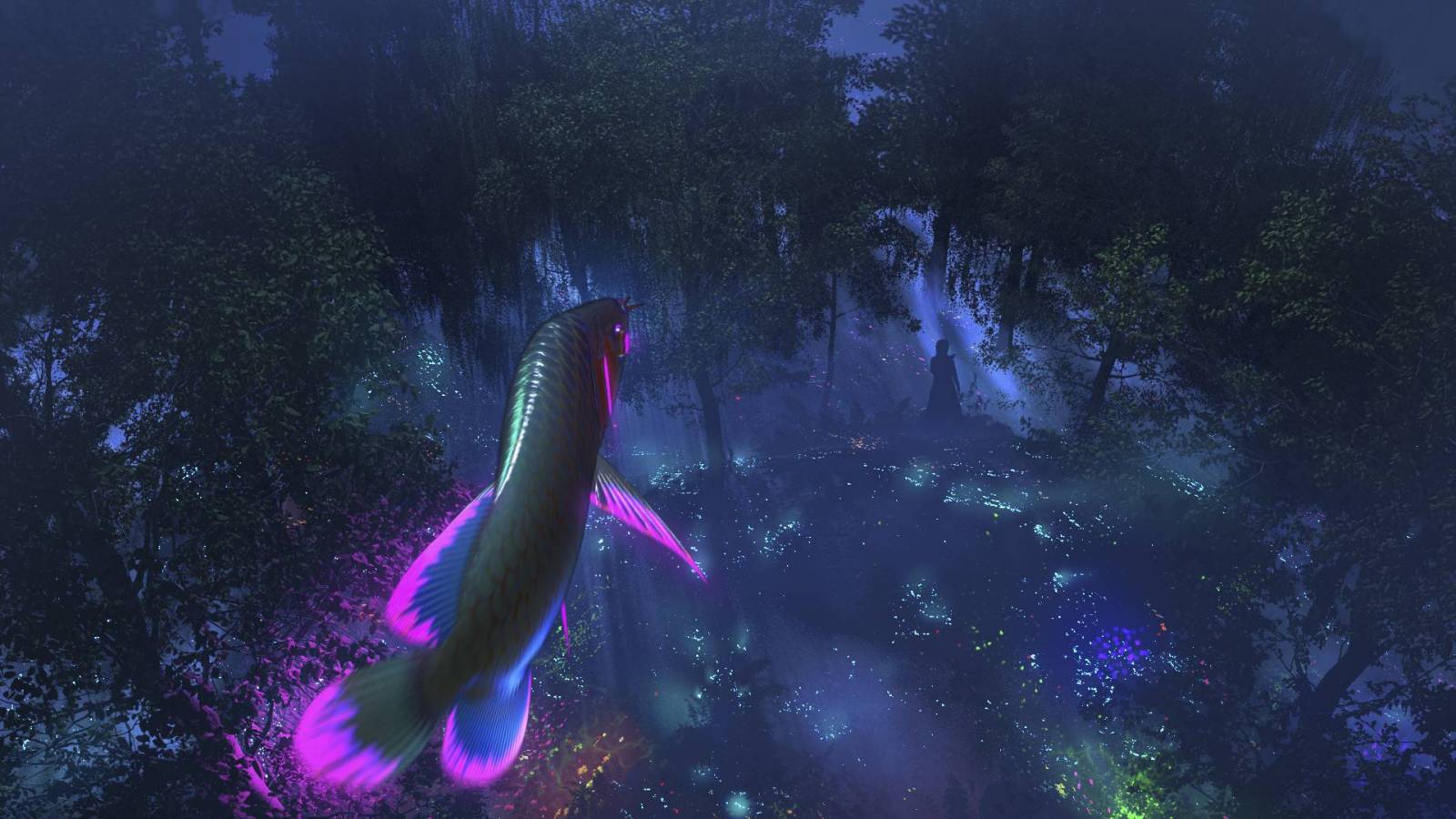
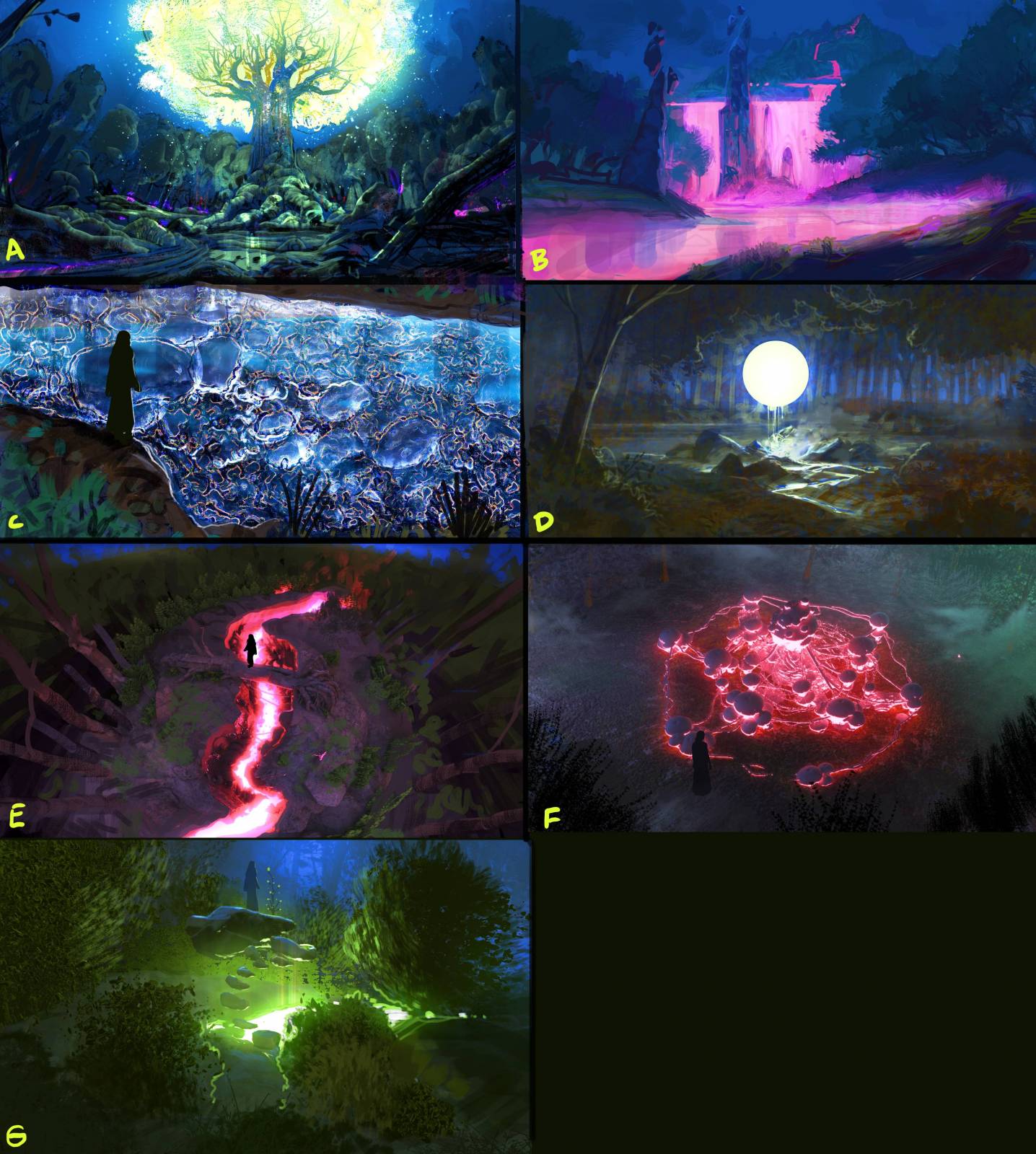
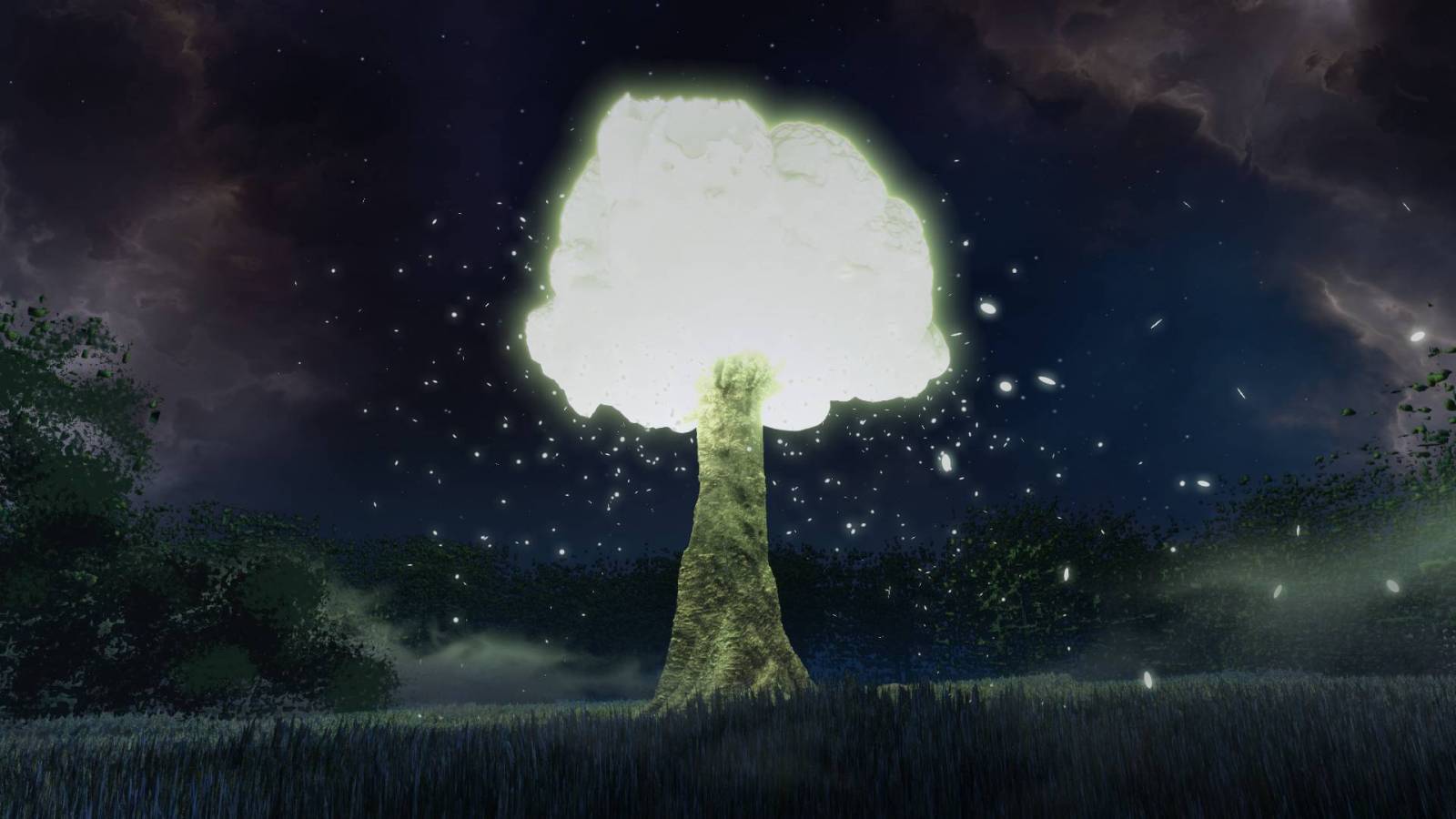
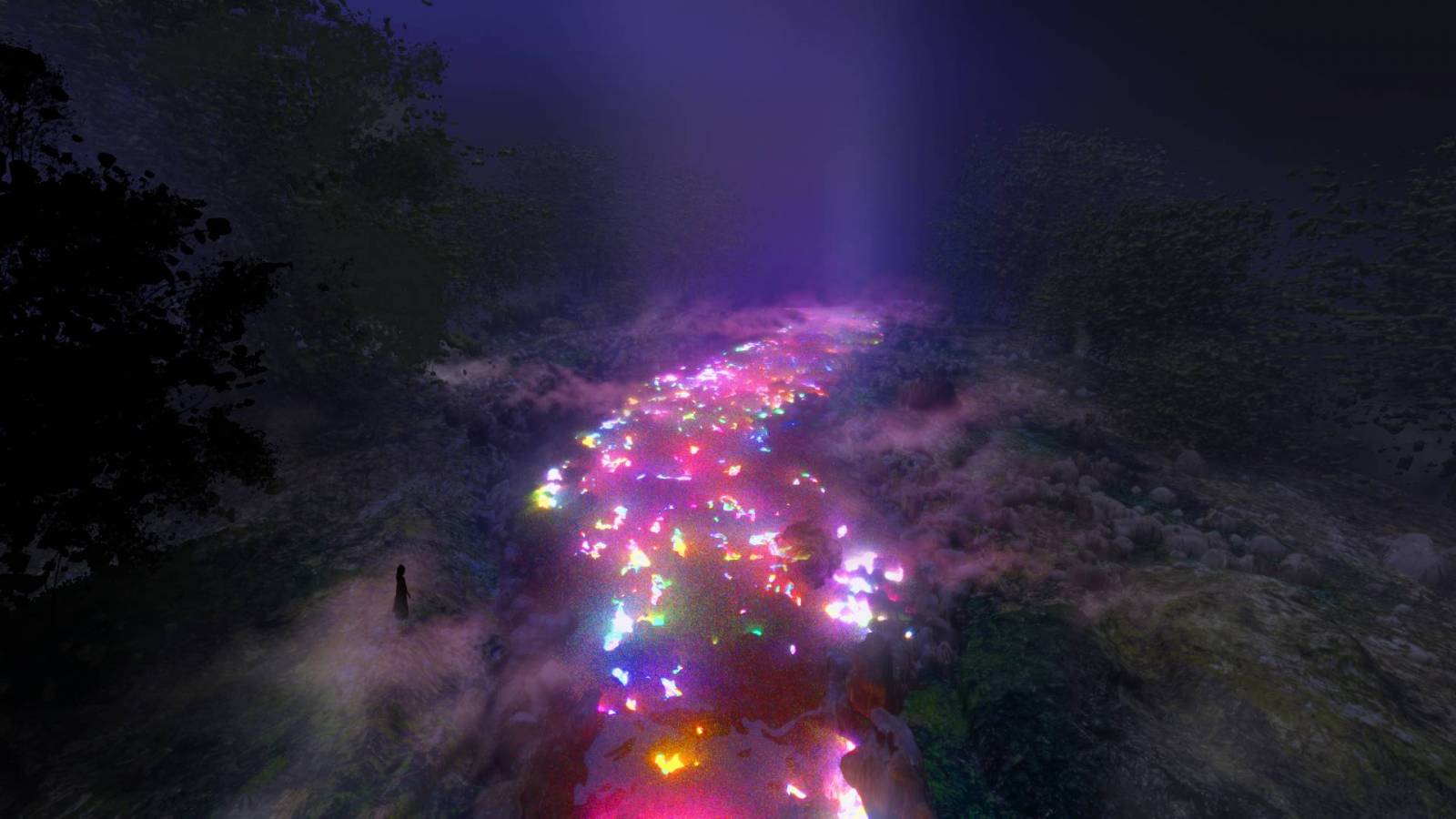
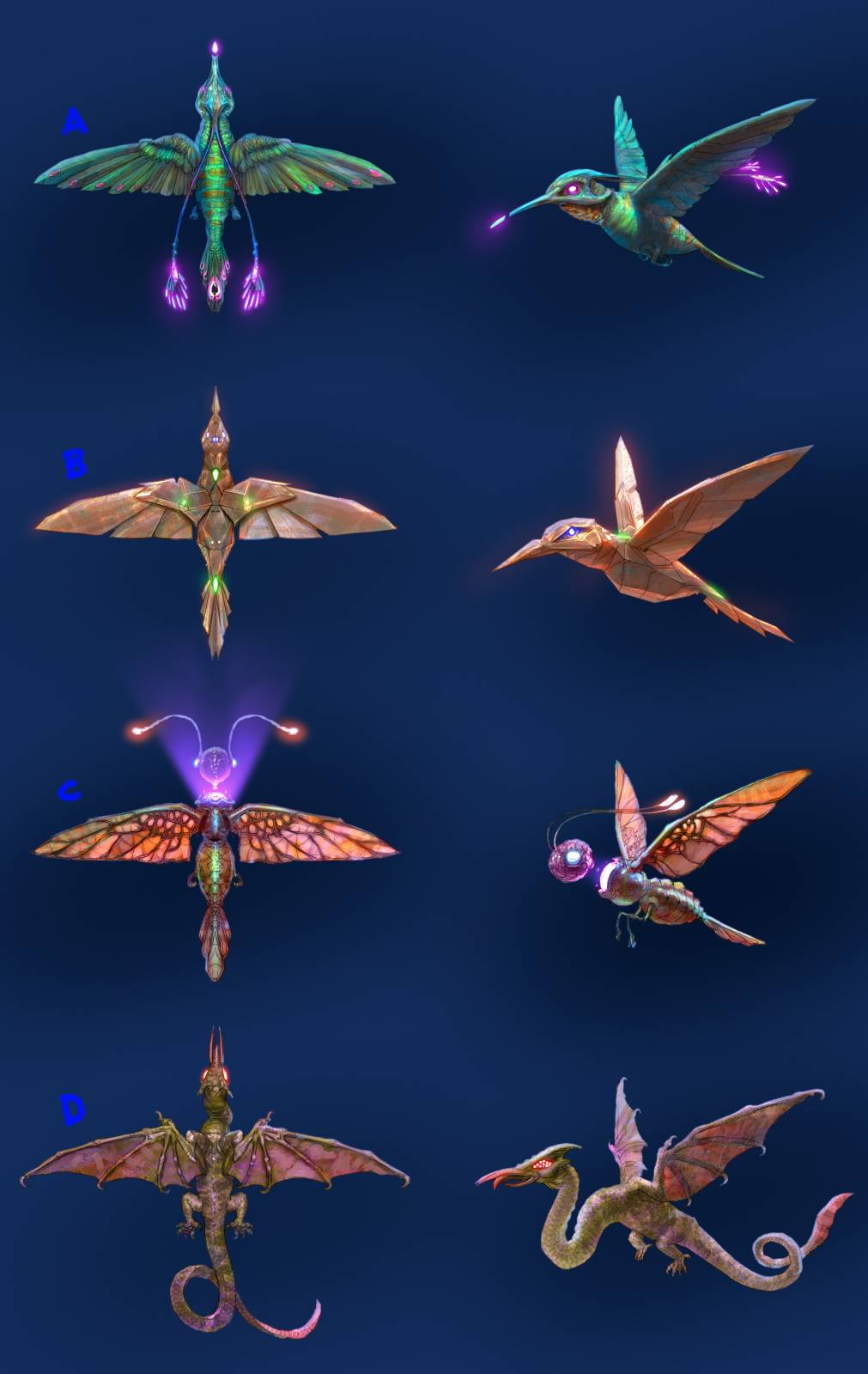
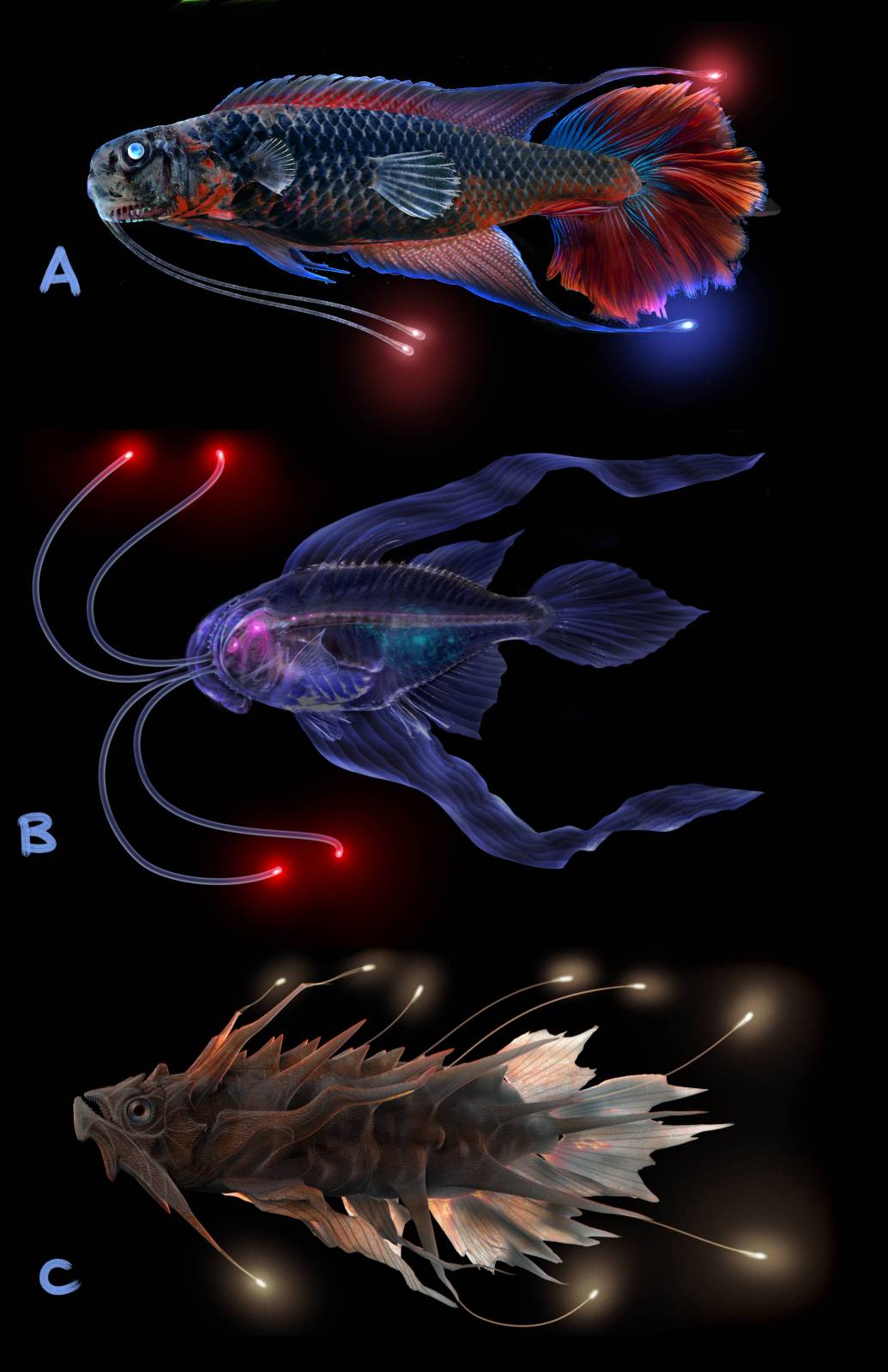


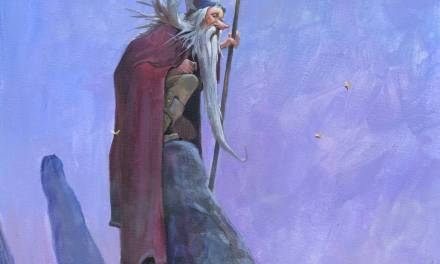
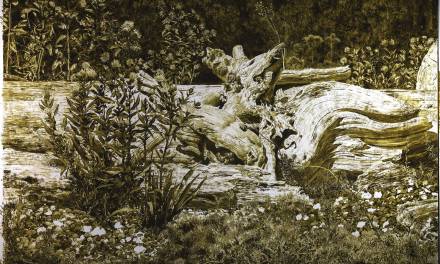
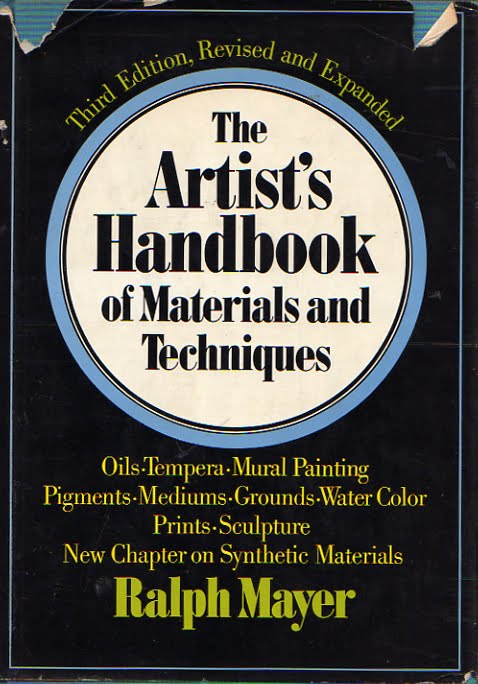
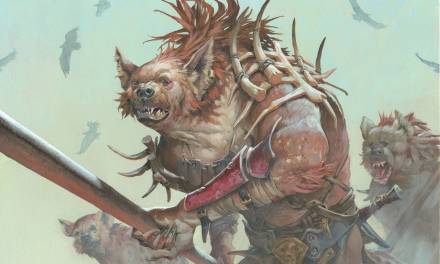
Nice to see you get to use some of your recently found love of landscape in your professional work too!
Ha thanks man yeah it’s always a plus when the Venn diagram
Overlaps
So cool Justin! I love seeing this other side of you, and how it connects to what you make when you’re painting for yourself. A true Artist.
Thanks Sam! Really appreciate that a lot man.
nice